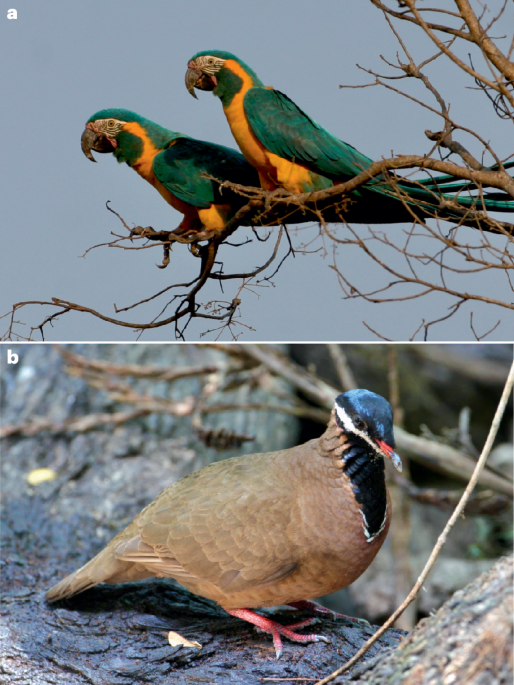Margules, C. R. & Pressey, R. L. Systematic conservation planning. Nature 405, 243–253 (2000).
Moilanen, A., Wilson, K. A. & Possingham, H. P. (eds) Spatial Conservation Prioritization: Quantitative Methods and Computational Tools (Oxford Univ. Press, 2009).
New biodiversity targets cannot afford to fail. Nature 578, 337–338 (2020).
Simon, H. A. Models of Man, Social and Rational: Mathematical Essays on Rational Human Behavior in Society Setting (Wiley, 1957).
Arrow, K. J. Social Choice and Individual Values (Wiley, 1951).
Gossa, C., Fisher, M. & Milner-Gulland, E. J. The research–implementation gap: how practitioners and researchers from developing countries perceive the role of peer-reviewed literature in conservation science. Oryx 49, 80–87 (2015).
Rosemartin, A. et al. Lessons learned in knowledge co-production for climate-smart decision-making. Environ. Sci. Policy 141, 178–187 (2023).
Knight, A. T. et al. Knowing but not doing: selecting priority conservation areas and the research-implementation gap. Conserv. Biol. 22, 610–617 (2008).
Cobb, G., Nalau, J. & Chauvenet, A. L. M. Global trends in geospatial conservation planning: a review of priorities and missing dimensions. Front. Ecol. Evol. 11, 1209620 (2024).
Garcia, C. A. et al. Strategy games to improve environmental policymaking. Nat. Sustain. 5, 464–471 (2022).
Apostolopoulou, E. & Pantis, J. D. Conceptual gaps in the national strategy for the implementation of the European Natura 2000 conservation policy in Greece. Biol. Conserv. 142, 221–237 (2009).
Araújo, M. B., Lobo, J. M. & Moreno, J. C. The effectiveness of Iberian protected areas in conserving terrestrial biodiversity. Conserv. Biol. 21, 1423–1432 (2007).
Fernandes, L. et al. Establishing representative no-take areas in the Great Barrier Reef: large-scale implementation of theory on marine protected areas. Conserv. Biol. 19, 1733–1744 (2005).






